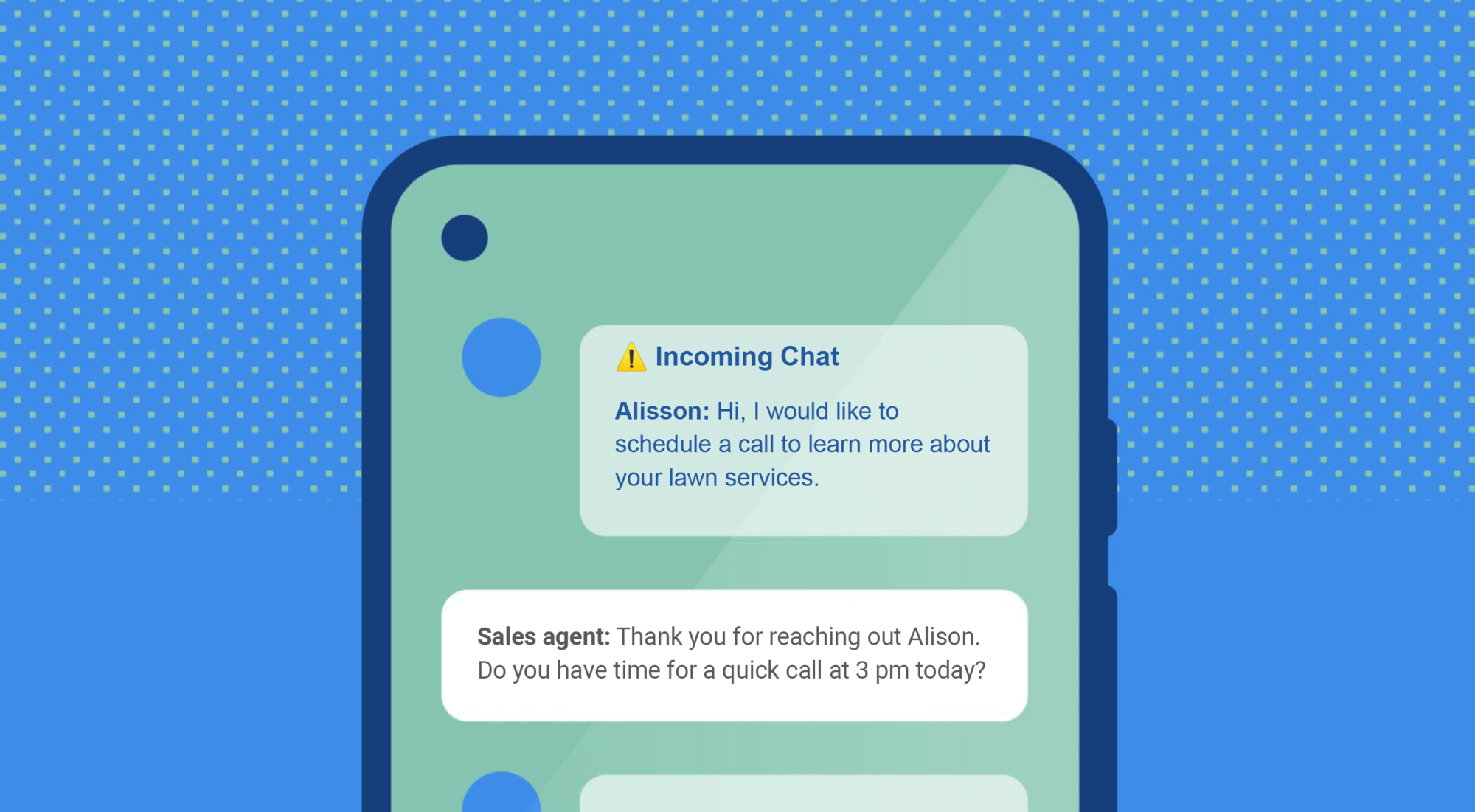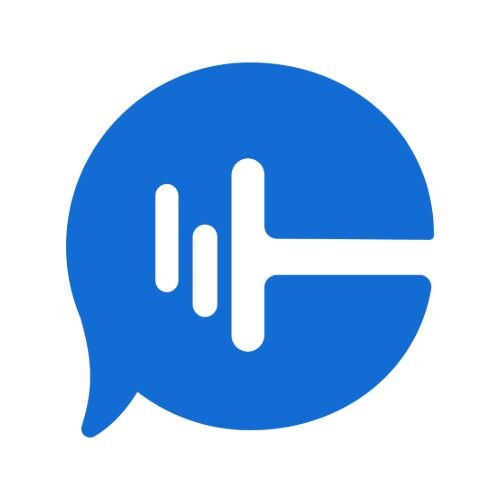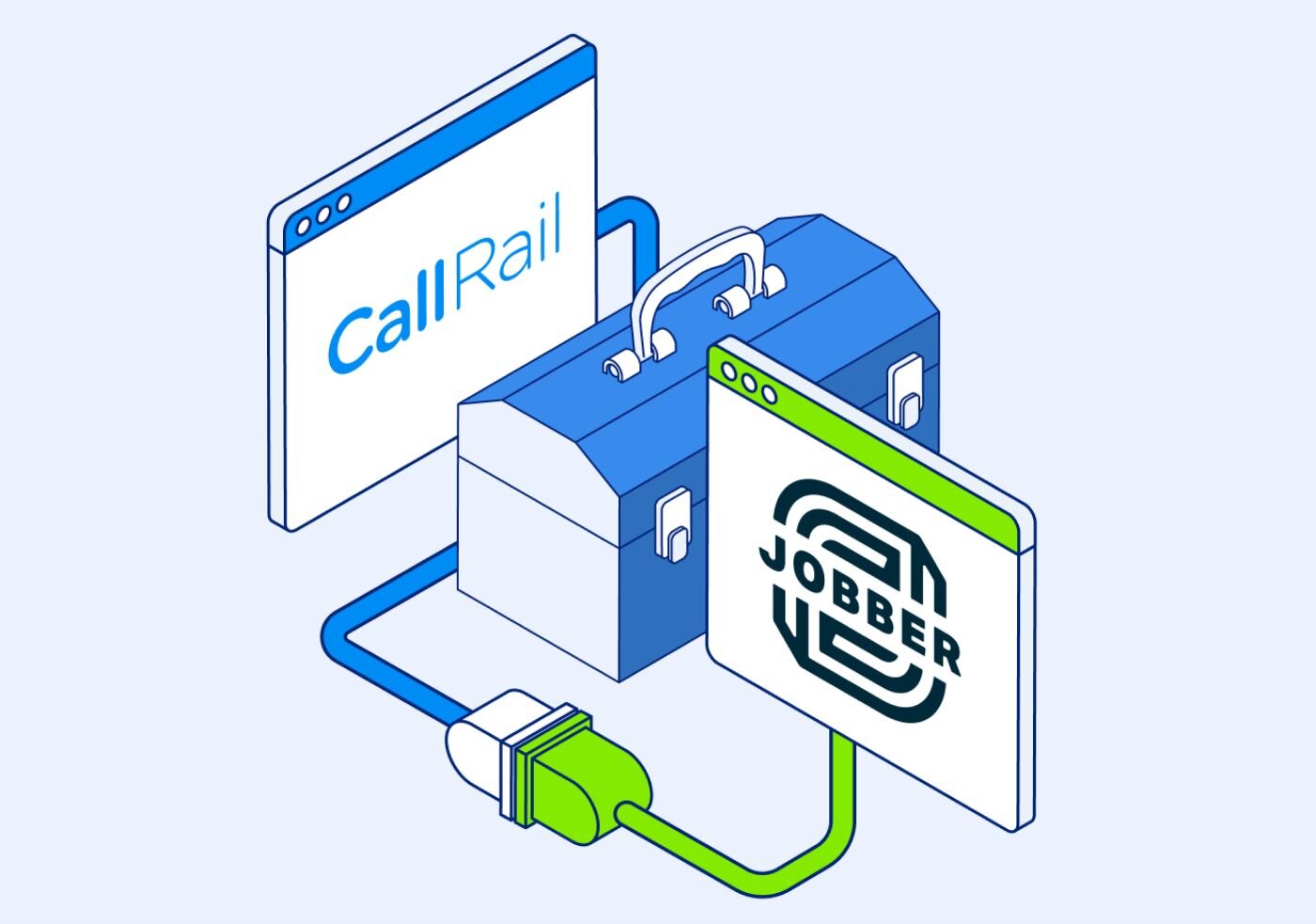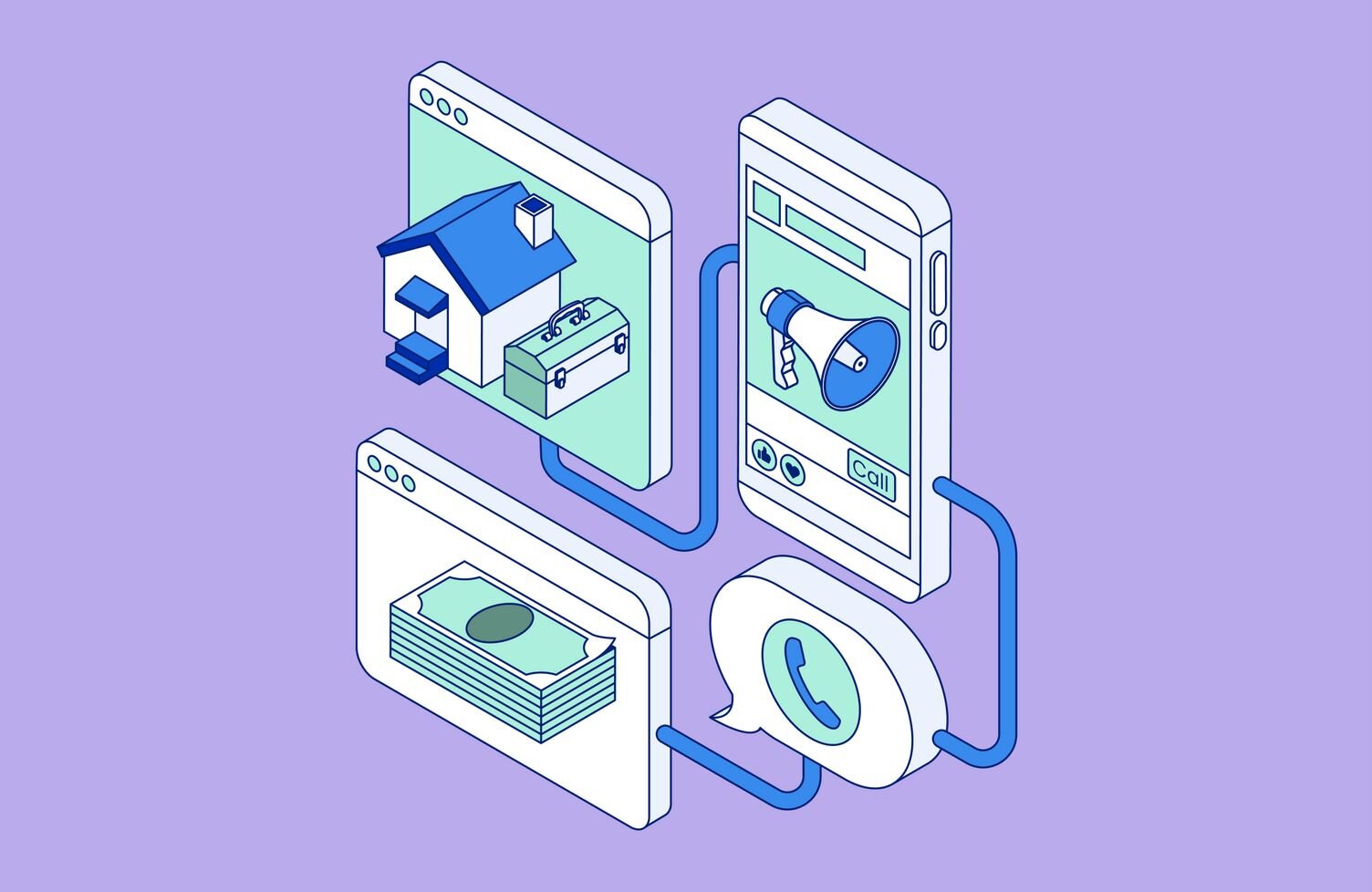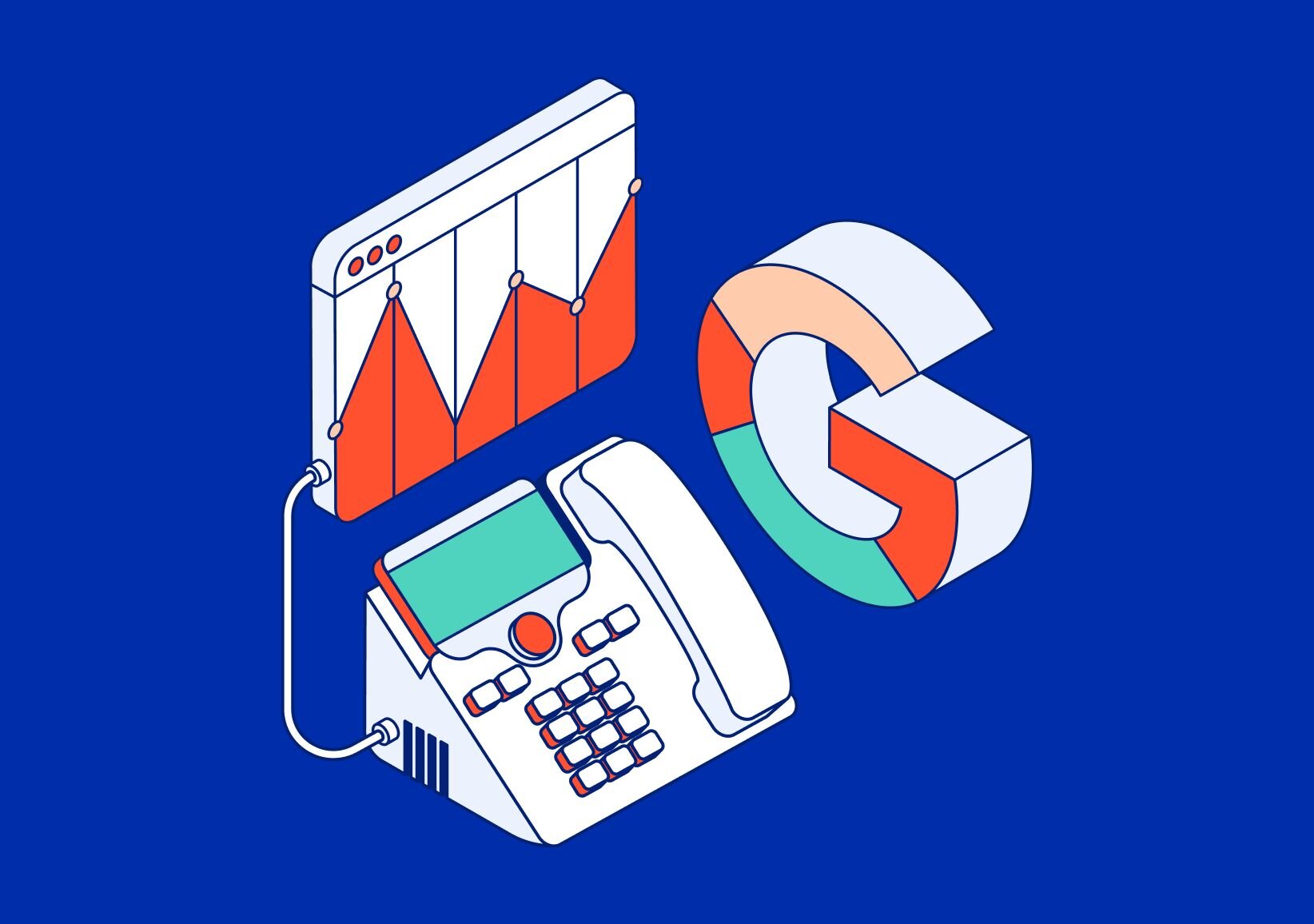It’s hard not to run into a chatbot these days. The friendly message pop-up that asks you if you need help researching a product or the agent taking your online pizza order is likely driven by chatbot technology. They play a significant role in helping organizations manage customers, 83% of whom expect an immediate response when they contact a company.
Chatbots have become a part of our life in ways you may not expect. Let’s take a deeper dive into exactly what a chatbot is and why they’ve become important to so many businesses.
What is a chatbot?
In simple terms, chatbots are computer programs that simulate human interactions in response to written or spoken communication. The ultimate goal for most companies is to make you feel like you’re dealing with a real person when interacting with an AI chatbot. Some perform basic functions by responding to prompts. Others, like Siri or Alexa, are evolved enough to function as digital assistants.
Facebook and Google opening up their developer platforms accelerated the use of chatbots. Many modern websites put them to work assisting visitors and providing customer support. These businesses use their chatbot platform to boost worker productivity, programming them to handle repetitive, time-consuming tasks. That frees up human workers to focus on more complex work.
How do chatbots work?
Chatbots work thanks to a combination of technologies like artificial intelligence (AI), natural-language processing (NLP), and machine learning (ML). These allow their response to evolve based on the work they perform.
Artificial intelligence is a branch of computer science focused on creating smart machines capable of handling roles that typically require human intelligence. The two basic branches of AI are:
- Narrow AI — A more limited form of AI, narrow AI mimics human intelligence enough to handle basic tasks. It operates under more limitations and constraints than the average human.
- Artificial General Intelligence (AGI) — Also called strong AI, AGI strives to match general human intelligence, powering machines capable of solving more complicated problems.
Narrow AI powers most business and consumer chatbot applications with varying levels of ML and NLP, both sub-categories of AI. ML works by feeding data into computers and applying statistical functions, giving chatbots the ability to learn from the information without additional programming. That’s how AI bots become better at their assigned task.
NLP focuses on helping technology interpret and respond to language requests from humans. It’s how digital assistants understand what song to play, which restaurants to pull up when we issue commands, or how to interpret commands from customers in a call center.
What are different kinds of chatbots?
Rule based Chatbot
Rule based chatbots, or task-oriented chatbots, are programmed with automated rules that direct them to perform a specific function. You often find declarative chatbots performing service and support functions like providing answers within an interactive FAQ. They typically answer common questions from customers, like what time a business closes. Declarative chatbots work well when they don’t deal with a lot of variables.
Conversational chatbots
Conversational chatbots are data-driven, predictive, and constructed with more sophisticated technology. They’re more interactive and capable of handling more complex user requests. Conversational chatbots use ML and NLP to interpret human language intuitively while learning from those interactions.
Predictive intelligence helps conversational chatbots personalize consumer responses based on their past behavior. That’s how digital assistants like Alexa seem to anticipate your needs before you can issue a complete command.
More complex digital assistants can bring multiple declarative chatbots together, use them to find relevant data, and use the information to complete a task without becoming confused or disoriented. The capabilities of conversational chatbots continue expanding as the technology powering them evolves.
Live chat
No bots - just real humans looking to help in real-time. Live chat is an online communication software that supports real-time chat between you and your website visitors. While rule-based and conversational chatbots help to provide quick answers to customer queries, live chat gives the satisfaction of detailed communication that only human conversation can give.
What are chatbots used for?
People like variety and in the case of communication, it’s no different. Chatbots help to further streamline communication between people and businesses, improving overall customer experience.
Many call centers use chatbots in their messaging platforms, making them capable of responding to multiple customer inquiries at rates usually faster than those of human workers. Chatbots have become essential tools that help companies keep up with the demands of the digital age.
Improve customer experience
While no chatbot can respond to every customer inquiry, they enable companies to provide prompt service to customers. That’s important since 91% of consumers base their future purchasing decisions on their past experience with a company. Many telecommunication and eCommerce companies rely on chatbots to handle customer interactions through rule-based chatbots. They guide consumers through various flows to complete transactions or answer questions. That means less time spent waiting on hold for a human response.
The consumer experience isn’t limited to how quickly a company responds to a customer’s request. It’s also about the effort a business makes in learning about consumer likes and dislikes. Businesses with successful customer engagement efforts can increase the amount customers spend on their products and services by up to 40%.
You can use a chatbot solution to increase personalized customer engagement by:
- Using returning customers’ names as they browse or reminding them to check on products in their cart.
- Suggesting similar products based on a visitor’s past purchasing history.
- Directing users to specific landing pages to learn more about different products or services.
- Promoting discounts to visitors in return for providing an email address.
- Encouraging customers to fill out feedback forms.
Increase business revenues
Chatbots allow for 24-7 support for certain business functions without putting more pressure on workers. Many sales teams use them to gather information about prospects and figure out which to treat as a qualified sales lead. Chatbots can ask questions from a preset list to prepare customers for the next step in the sales channel. Nudging potential customers in the right direction can lead to higher conversion rates.
Chatbot usage helps lower the cost of responding to customer requests by nearly 30%. The upfront cost of investing in AI chatbots can be offset by the money saved from not paying for training, salary, and infrastructure to support additional human workers, but do still require employees for more complex tasks. Businesses can scale up bot use during busy times to support company employees.
Handle essential business functions
Chatbots can handle internal tasks that can take up a lot of time, including compiling data for reports, filling out request forms, providing eCommerce support, and sending emails to company partners. The most common uses people have for interacting with a chatbot include:
- Scheduling appointments
- Checking inventory
- Tracking shipping
- Providing quotes and estimates
- Process returns
- Cancel accounts
How do you find the right chatbots for your business?
It all boils down to what your company needs. Chatbots should reinforce your brand and company position. Look for those capable of solving specific problems for your company. If your main goal is to provide a better customer experience, focus on solutions capable of handling multiple types of consumer inquiries. They should make it easier for customer service agents to respond to more complex issues that require a human touch.
Account for variables like:
- Price
- Functionality
- How easy they are to use
- How they integrate with existing company systems and software
- Support provided by the vendor
The cost of building chatbots varies depending on whether you have software developers capable of adapting open-source software or plan to hire a company to build the solutions. Other factors that can increase the price include how many interactions the bots must manage, the integrations required, and enhancements you may need in the future.
You should test chatbot solutions to determine the impacts they have on your current business processes. It gives you the chance to discover and address any potential conflicts before a wide-scale implementation of the technology throughout the organization. You also want to make the chatbots respond as intended in their given role.



